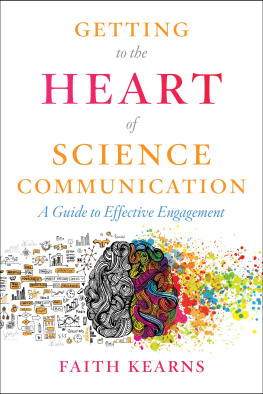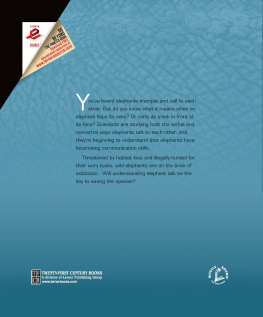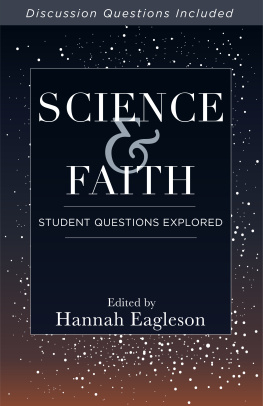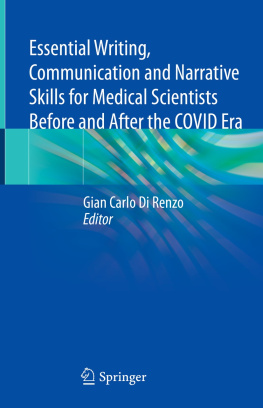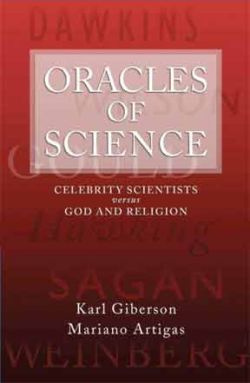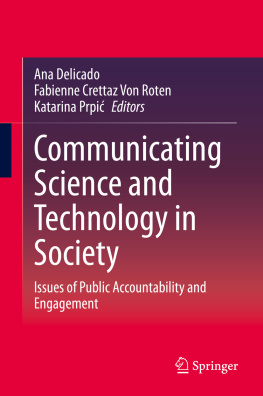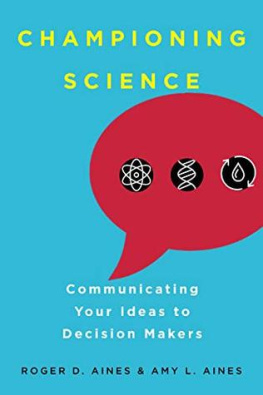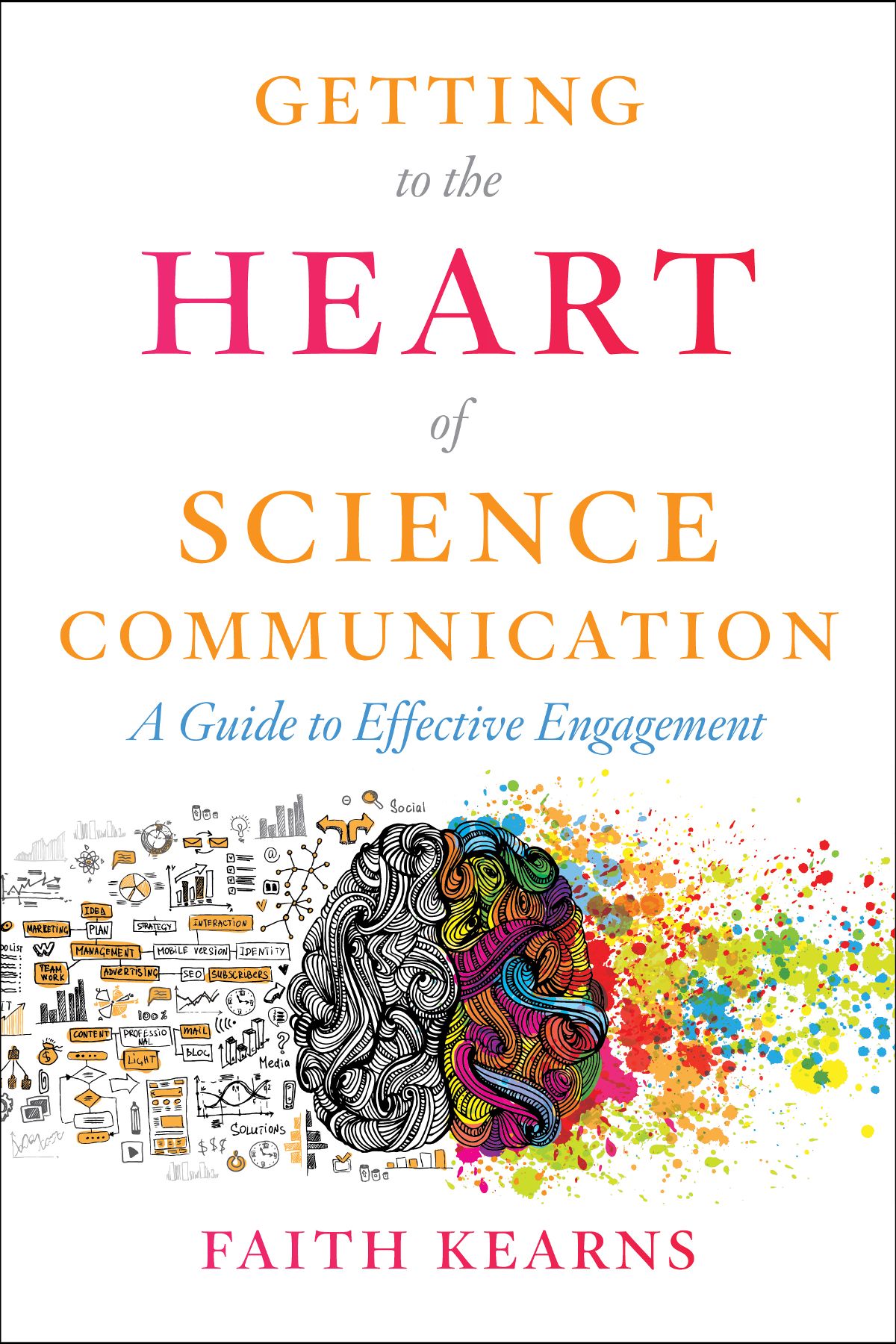
About Island Press
Since 1984, the nonprofit organization Island Press has been stimulating, shaping, and communicating ideas that are essential for solving environmental problems worldwide. With more than 1,000 titles in print and some 30 new releases each year, we are the nations leading publisher on environmental issues. We identify innovative thinkers and emerging trends in the environmental field. We work with world-renowned experts and authors to develop cross-disciplinary solutions to environmental challenges.
Island Press designs and executes educational campaigns in conjunction with our authors to communicate their critical messages in print, in person, and online using the latest technologies, innovative programs, and the media. Our goal is to reach targeted audiencesscientists, policymakers, environmental advocates, urban planners, the media, and concerned citizenswith information that can be used to create the framework for long-term ecological health and human well-being.
Island Press gratefully acknowledges major support from The Bobolink Foundation, Caldera Foundation, The Curtis and Edith Munson Foundation, The Forrest C. and Frances H. Lattner Foundation, The JPB Foundation, The Kresge Foundation, The Summit Charitable Foundation, Inc., and many other generous organizations and individuals.
Generous support for the publication of this book was provided by Margot and John Ernst.
The opinions expressed in this book are those of the author(s) and do not necessarily reflect the views of our supporters.

Island Press mission is to provide the best ideas and information to those seeking to understand and protect the environment and create solutions to its complex problems. Click here to get our newsletter for the latest news on authors, events, and free book giveaways.
Getting to the Heart of Science Communication
Getting to the Heart of Science Communication
A Guide to Effective Engagement
Faith Kearns

2021 Faith Kearns
All rights reserved under International and Pan-American Copyright Conventions. No part of this book may be reproduced in any form or by any means without permission in writing from the publisher: Island Press, 2000 M Street, NW, Suite 650, Washington, DC 20036.
Library of Congress Control Number: 2020944650
Keywords: Island Press, science communication, engagement, public scholarship, relational, listening, conflict, power, accountability, trauma, equity, inclusion, self-care, ethics, standpoint, training, practice
For everyone doing the work
Contents
We are in a moment of great upheaval.
As a scientist and as a human, Ive been watching with anguish for years as the climate emergency worsens. This has happened despite a strong scientific consensus that human actions are the main driver of dangerous environmental change.
Clearly, its not enough just to be correct and repeat the facts in the middle of an existential crisis such as this. This crisis is getting worse not because of a deficit of information, after all, but because of a deficit of action. Eventually, I realized I couldnt separate my desire to understand and describe the world around me in a factually accurate way from the special demands this moment placed on me as a science communicator. I had to learn how to tell the truth in a new way.
My personal transformation from scientist to science communicator started by asking myself these questions:
Whom do I do science for?
How does my work create or diminish injustice?
How can I help my fellow scientists bridge into revolutionary change?
In this book, Dr. Faith Kearns has provided a guide for how to start this conversation for yourself and, in so doing, make your science communication more effective.
This is difficult, demanding work, and Im only at the beginning of it. Experts like Dr. Kearns are at the cutting edge of understanding what this moment requires of science communicators embedded in a new science communication landscape, where people are grappling with emotions and conflict in the midst of huge uncertainties.
To get the broader science community to come along, it will be necessary to have uncomfortable conversations. Thats okay. In fact, its the only way change like this can happen. As Dr. Kearns writes, What the debate over science advocacy has regularly glossed over is that there are at least as many ethical concerns with standing on the sidelines as there are with engaging.
The risks of speaking up, of course, are not equal. Women and people of color bear the brunt of the cost of attempting to reframe stale and ineffective communication methods to center justice. Not by coincidence, women and people of color are also bearing the brunt of the impacts of the climate emergency, because of a pervasive culture of white supremacy and toxic masculinity that has infected almost every aspect of how science is performed and how stories about science are told. The good news is, none of this is inevitable. Change is possible, and it must happen in order to build a better world we are all worthy of.
Justice-centered communication is dangerous work for scientists who want to serve society. Science communication practitioners are evermore precariously employed while also navigating politics and unbalanced power dynamics in their institutions, families, and communities.
The kinds of skills justice-centered science communicators need are not anything like the ones being taught. We need to be able to relate, listen, work with conflict, and understand the role of trauma in the communities we serve. That even talking about science communication in this way upsets people who are hindering necessary progress means that this is clearly powerful work.
But this is the work worth doing. We need everyone.
Scientists need to participate in creating a new world, and to do so they will need to shed some of their traditional reliance on authority and objectivity to truly link arms with others engaged in larger struggles. This book provides some initial guidance on doing so.
We need courage in our time of greatest need. We need to work in solidarity with one another, and this book will help all of us along our intertwined journeys.
Eric Holthaus
This is a book written from the point of view of a scientist who has also been a workaday science communication practitioner for over twenty-five years. It is not a research book, not an academic tome, not a literature review but instead an attempt to capture the grounded, lived experiences of practitioners. Despite a long career, I rarely find my experience and those of many of my peers reflected in the science communication research literature or in advice written primarily by journalists. The material and narratives the book contains come from those actively working on the ground, facing the daily joys and dilemmas of science communication on what can be emotional and contentious issues, while they are also directly accountable to communities.
If you consider yourself a science communicator or someone interested in how scientists and other technical experts communicate research, my hope is that what I, along with the many people graciously willing to be included here, add to the conversation will be of use. You may be a traditional or nontraditional academic, work at a government agency or consulting firm or nonprofit, or do many other kinds of work. If you are interested in the topic, this book is for you and will provide an alternative to the conventional science communication conversation of the last few decades, which focused mainly on helping scientists connect with journalists and decision-makers.
Next page
